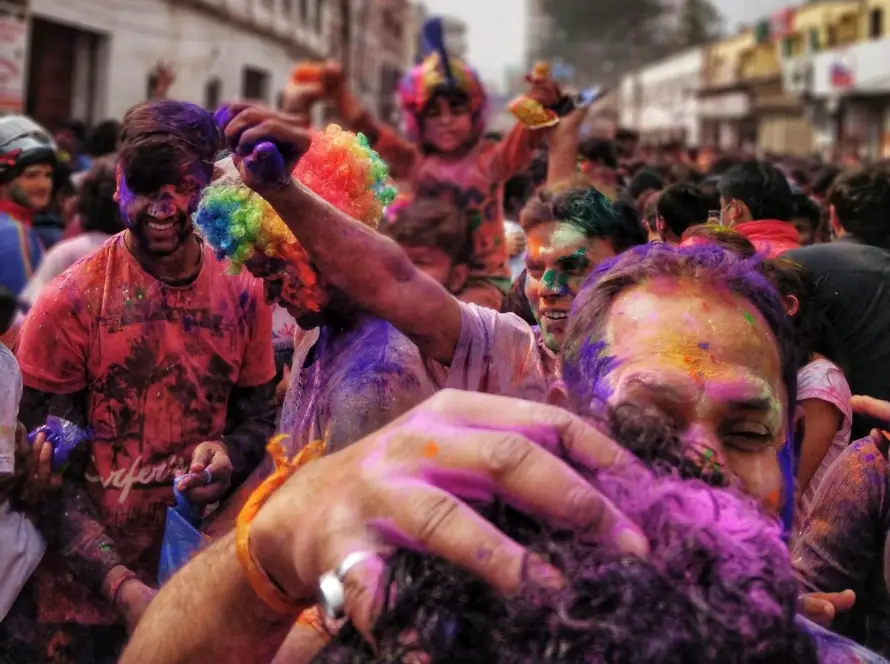Generated by Contentify AI

Indian Sculpture Through the Ages
India, a land rich in cultural heritage, boasts a remarkable legacy in the field of sculpture. From ancient times to the present day, Indian artists have created extraordinary masterpieces that capture the essence of the nation’s diverse religious and artistic traditions. The evolution of Indian sculpture reflects the country’s fascinating history and serves as a testament to the creativity and skill of its artists.
The journey of Indian sculpture begins with the Indus Valley Civilization, where small terracotta figurines hint at the nascent stages of artistic expression. As time progressed, the religion and aesthetics of ancient India intertwined, giving rise to iconic sculptures of gods and goddesses. The intricate carvings at temples such as Khajuraho, Konark, and Ellora stand as examples of the magnificence of Indian craftsmanship.
Fast forward to the medieval period, and Indian sculpture experienced a fusion of local styles with outside influences. The Mughals, known for their grand architecture, brought with them the art of marble inlay, resulting in the breathtaking beauty of the Taj Mahal. Meanwhile, the South Indian kingdoms fostered the development of bronze sculptures, notable for their realism and expressive qualities.
In modern times, Indian sculpture has continued to evolve while staying true to its roots. Contemporary artists are exploring new materials and techniques, pushing the boundaries of traditional sculpture. From installations that address social and political issues to abstract forms that challenge our perceptions, Indian sculptors are making their mark on the international art scene.
Indian sculpture is not just a reflection of artistic talent; it is a manifestation of the nation’s spirituality and cultural identity. Whether it is the serene smile of a Buddha statue, the vigorous dance poses of Hindu deities, or the quiet elegance of Jain figures, Indian sculptures reflect an unparalleled richness of form and symbolism.
In conclusion, Indian sculpture is a testament to the country’s artistic prowess throughout the ages. From the simplicity of ancient times to the architectural marvels of the medieval period and the contemporary experimentation of modern art, Indian sculptors have left an indelible mark on the world of art. Exploring the vast landscape of Indian sculpture is an enchanting journey that opens a window into the soul of this ancient civilization.
Key Takeaways
- Indian sculpture has a rich and diverse history, dating back thousands of years.
- The development of Indian sculpture can be traced through three major periods: the ancient period, the medieval period, and the modern period.
- Each period of Indian sculpture is characterized by distinct styles and techniques, influenced by various religious and cultural aspects.



